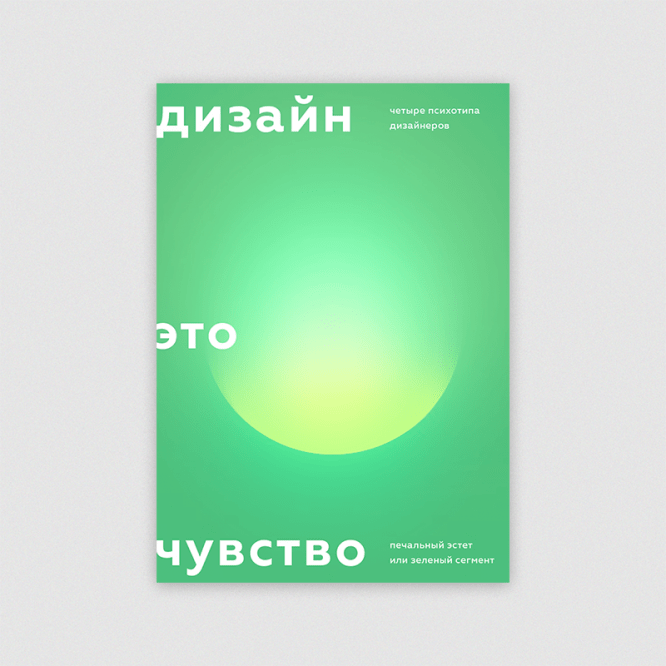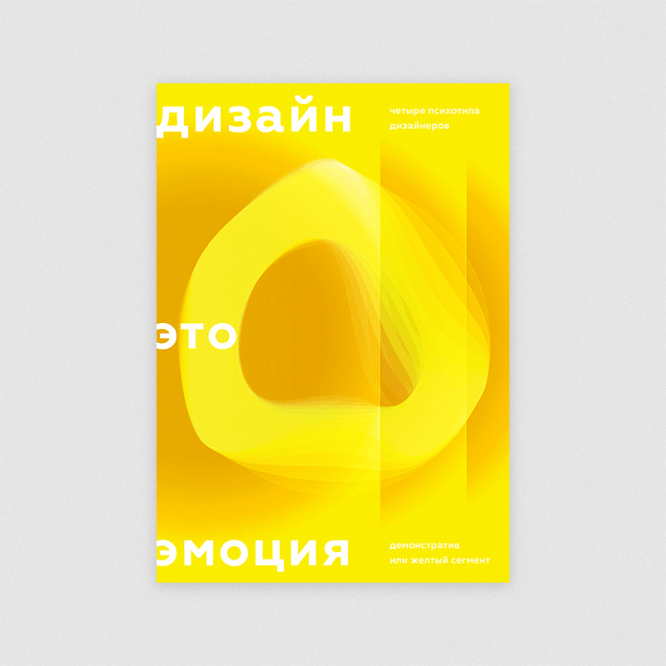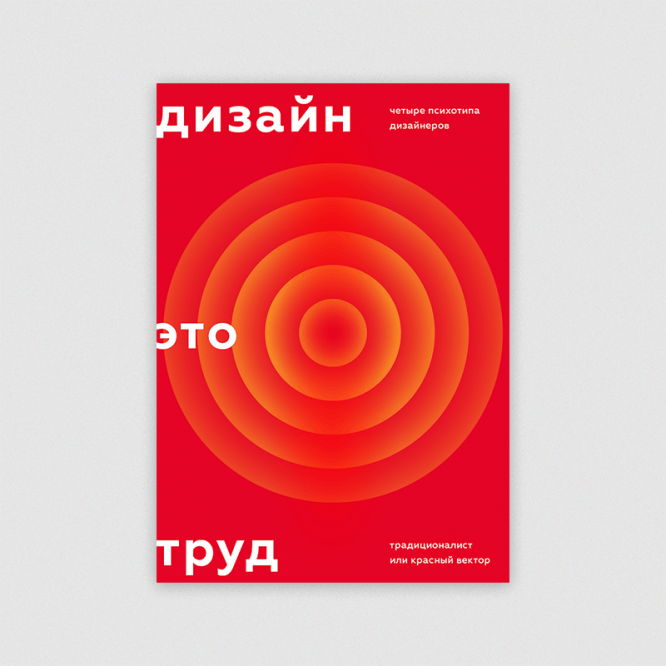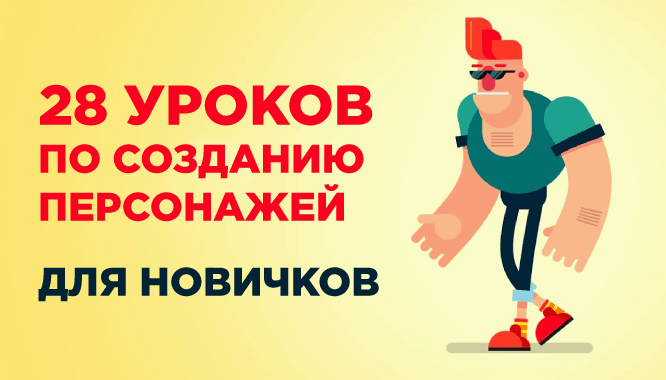4 psychotypes of a designer: What are you?
4 psychotypes of a designer: What are you?
Psychea is a structural dynamic profiling system for classrooms. In short, this is a system that explains how we differ from each other at the level of preferences that influence our choices. This system can be used not only to profile audience groups or individuals, but also brands, companies, products, and even professions.
We have briefly explored the graphic design profession in terms of this methodology. This will be useful for hiring employees or for team management.
Sad esthete or green segment
This is a sensitive designer. Able to recognize and distinguish 50 shades of beige, from which he will be able to choose the perfect shade for packaging cosmetics or perfumes.
As a rule, he does not argue and does not defend his point of view in the team or with the customer, and if this happens, then it is very short-lived and not aggressive. For him, outside opinion is important, but not criticism, but positive support and advice.
Where is the most effective
Design for brands related to sensory emotions and, for example, gentle tactile sensations. Good at eco-design and everything related to caring for the environment and people. He is well versed in trends and new trends in the design industry.
Where it will be difficult for him
A brutal mass market with a coarse aesthetics, primitivism of iconic images, contrast and simplicity of forms and meanings. For example, the sausage “Daddy can!”
It is difficult to withstand aggressive competition or pressure in the team and high personal responsibility.

Demonstrating or yellow segment
She is a cheerful and active designer who creates bright, impressive looks. Knows how to come up with a new experience based on seemingly routine objects. Often uses a powerful combination of color and compositional contrasts. Loves dynamics, expression and design freedom. Often chaotic and inconsistent, he may have trouble planning.
Where is the most effective
Design for brands related to innovation, entertainment and provocation. Creation of creative concepts for anything. Most effective when you need to create an idea in a very short time. Look at the festival projects – powerful, beautiful, unusual, inspiring! Withstands the aggressive pace of work well if it receives public recognition of its merits.
Where it will be difficult for him
When it will be necessary to implement the created concept, adapt it to reality, take into account the limitations of production and human systems. Most of the festival projects remain “festival”. It will be difficult for him if the main activity is typical, procedural projects.

Independent or blue segment
This is a dedicated and analytical specialist. Able to design design systems taking into account a large number of variables and constraints. Works well in situations of trust and high personal responsibility. Loves the aesthetics of pragmatism and high-contrast, but systemic combinations of objects (color, shape, font). Prone to perfectionism and deep immersion in the profession.
Where is the most effective
Design of brands based on structures and systems. Able to design corporate design systems with complex hierarchies and relationships. Indispensable in creating infographics and working with visualization of any system data. Feels good with high independence and personal responsibility.
Where it will be difficult for him
Where his role will be minimized with a high degree of external control – for example, as a designer of an operational typography.

Traditionalist or red vector
This is a hardworking specialist, inclined to order in everything. He knows how to organize his activities well and loves classic design solutions. He knows a lot about the rules and principles of design, knows how and loves to work in a large team. Often has some inertia in thinking, so the ability to defend your point of view can turn into obstinacy and “obstinacy”.
Where is the most effective
It is the ideal designer for mass market markets, catalog layout and multi-page publications. Great for working with traditional techniques and solutions. Ready to work with restrictions, regulations and guidelines. Remembers exactly the instructions for printing files, where are the indents, what is the thickness of the paper, etc., etc.
Where it will be difficult for him
Where new solutions are needed for new challenges. Without an art director and a large number of references, it will be difficult for him to create creative solutions.

Harmony of combinations
It is important to understand that each person is unique. Therefore, pure types are extremely rare. Usually, every designer combines at least two vectors. Sensitive designers, prone to systematization and analysis – green-blue vector. Attentive, executive and emotional – red-green vector. Etc.
Understanding the characteristics of each designer allows you to competently set tasks for him, determine the workload and level of responsibility. And the most important thing is to create harmonious teams from all segments, since each of them is irreplaceable.
Source: dotorg.ru
…


